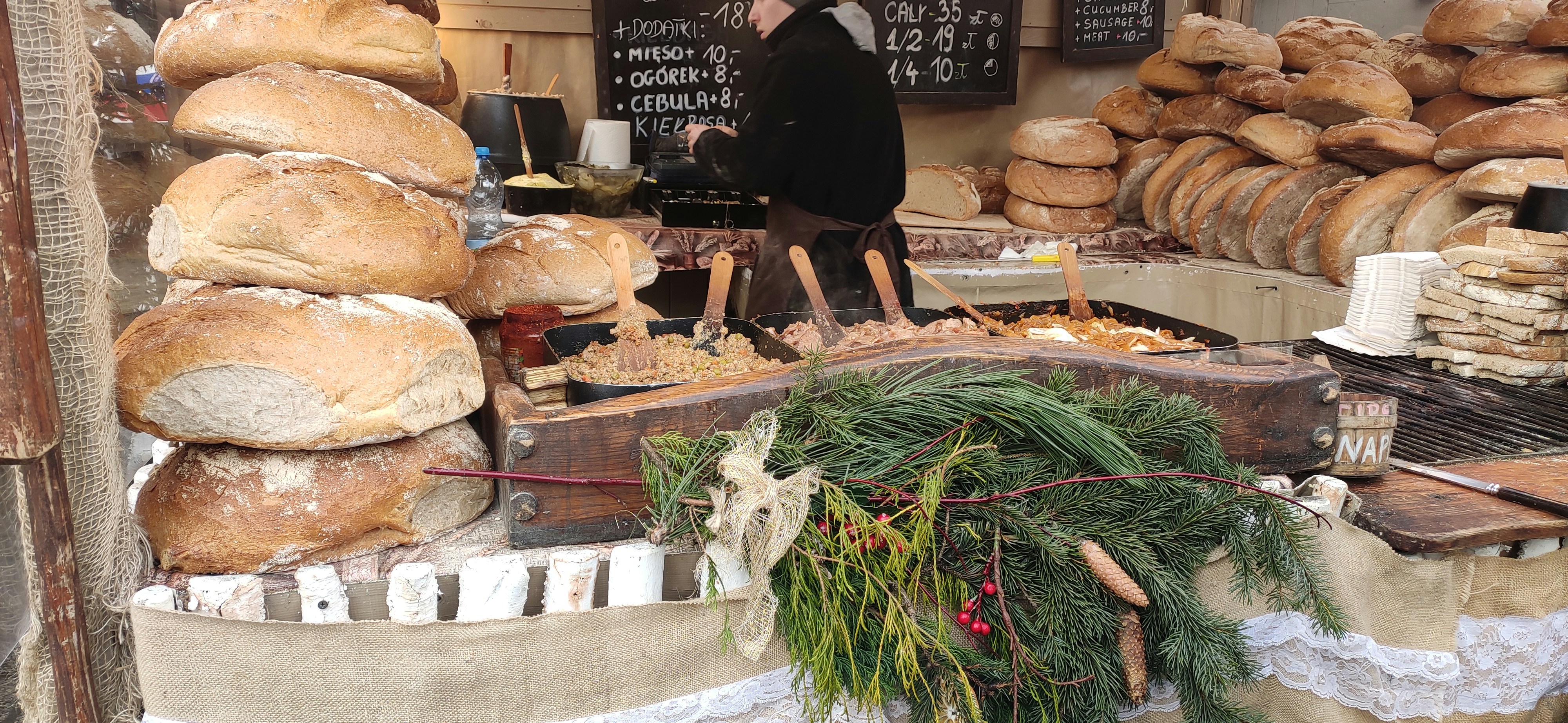Understanding the Market and Your Audience
Before embarking on a journey to sell bread at the market, it is crucial to grasp the dynamics of the local market and the specific preferences of your target audience. Researching local demand is the first step in this process, as it enables you to identify which types of bread are most sought after in your area. This may involve considering regional specialties or trending health-conscious options, such as gluten-free or artisan bread. By assessing customer demand, sellers can optimize their product offerings accordingly.
Identifying target customers is another essential facet of understanding the market. Different demographics may have varying preferences, with some customers favoring traditional breads, while others may lean towards innovative flavors or health-oriented options. Engaging with community members, initiating surveys, or observing social media discussions can provide valuable insights into these preferences. Knowing your audience allows you to establish a strong connection with potential buyers and tailor your marketing strategies to accommodate their tastes.
Additionally, analyzing competitors in the market is vital for any bread seller aiming for success. Take note of other vendors in your area, their product offerings, pricing strategies, and customer engagement methods. This analysis can help you position your own products competitively and determine unique selling points that appeal to customers. By understanding what competitors are providing, you can develop a distinguishing feature for your bread that sets it apart from the rest.
Gathering insights from community preferences and trends is critical for staying relevant in the marketplace. Actively seeking feedback on your products or experimenting with new types of bread can help you adapt to changing consumer tastes. Ultimately, this foundational knowledge equips sellers to create compelling products and tailored marketing strategies, ensuring that they effectively meet the diverse needs of their customer base.
Preparing Your Bread Offerings
Preparing your bread offerings for the market requires careful consideration of several key factors that can ultimately determine your success. The foundation begins with recipe development. It is crucial to experiment with various recipes that cater to different tastes and dietary preferences. For instance, artisanal loaves, gluten-free options, and specialty flavors can attract a broader audience. Collect feedback from friends, family, or even a test market to refine your recipes before presenting them to potential customers.
Next, sourcing quality ingredients plays a vital role in the overall flavor and texture of your bread. Seek out local suppliers who provide fresh, organic, and high-quality ingredients. Not only does this enhance the quality of your offerings, but it also resonates with customers who prioritize local goods and sustainable practices. Establishing relationships with suppliers can also lead to better pricing and reliability for your production needs.
Creating a diverse product line is essential for appealing to various consumer preferences. Aim for a range of breads that includes different types, sizes, and flavors. Consider adding seasonal variations or specialty items, which give customers a reason to return. Moreover, a robust collection can help you stand out in a competitive market. Additionally, effective packaging techniques are important for enhancing the appeal of your products. Invest in visually pleasing, functional packaging that preserves freshness and displays key selling points, such as organic ingredients or unique flavors.
Pricing your bread competitively while ensuring profitability requires careful market analysis. Research what similar products are priced at and determine your production costs to establish a fair price point. It is also wise to implement batch baking techniques to maximize efficiency, maintain freshness, and ensure consistency across your product offerings. A thorough understanding of these elements will significantly enhance your market presence and overall business success.
Setting Up Your Market Stand
Establishing a successful market stand for selling bread involves careful planning and attention to detail. To create an appealing presence, it is essential to bring certain items that enhance both functionality and aesthetics. A sturdy table serves as the foundation of your stand, providing space to display your bread products prominently. It is advisable to use a tablecloth that reflects your brand and creates an inviting atmosphere.
The arrangement of your baked goods is crucial in attracting potential customers. Utilize stands or baskets to elevate the bread, making it easily visible and accessible. Grouping similar items together can help streamline the display, allowing customers to quickly identify their preferred choices. Additionally, incorporating signage with clear pricing and product descriptions can inform customers, guiding their purchasing decisions.
A well-functioning payment system is indispensable at your market stand. Consider options such as mobile card readers and cash boxes to accommodate different customer preferences. Being able to accept various forms of payment can enhance the customer experience and increase your overall sales potential.
Legal considerations must also be factored into the setup process. Depending on your location, you may need to acquire specific permits or licenses to sell food products at the market. Research local regulations regarding food safety, labeling, and health codes to ensure compliance. This is essential not only to avoid fines but also to build customer trust.
Lastly, logistics play a significant role in a successful market day. Plan your transportation carefully, ensuring that you have the necessary equipment to safely transport your bread to and from the market. This may include coolers, packaging materials, and carts for ease of movement. By meticulously addressing these practical aspects, you will create a market stand that is not only inviting but also operationally efficient, ultimately leading to greater sales and customer satisfaction.
Engaging Customers and Building Relationships
Engaging customers effectively is crucial for fostering long-term relationships and ensuring sustainable success in the competitive market of selling bread. One of the most powerful ways to connect with your clientele is by sharing your story as a baker. Articulating your passion for baking, the origins of your recipes, and the sourcing of your ingredients can captivate your audience’s interest and create a personal connection. This narrative fosters trust and authenticity, making customers more likely to choose your bread over competitors.
Additionally, the importance of product sampling cannot be overstated. Offering samples at the market allows customers to experience the quality and taste of your bread firsthand. This tasting opportunity not only encourages immediate purchases but also facilitates conversation, providing insights into what attracts consumers to your products. By actively engaging in dialogue while customers sample your goods, you can glean valuable feedback, which can inform your business strategy and product offerings.
After the market day, maintaining engagement with customers is essential. Collecting feedback through surveys or informal conversations can help you understand their preferences and needs better. Implementing loyalty programs encourages repeat purchases and rewards regular customers, creating a sense of community around your brand. Such initiatives can include punch cards for free bread after a certain number of purchases or discounts on special occasions.
Leveraging social media platforms can further enhance your ability to engage with customers. Regular updates about new bread varieties, baking processes, or behind-the-scenes glimpses into your bakery can keep your audience informed and interested. Encouraging customers to share their experiences with your bread on social media not only promotes your products but also builds a supportive network around your brand.
By focusing on effective communication, sampling, and post-market engagement strategies, bread sellers can cultivate lasting relationships with their customers. These connections not only lead to repeat business but also contribute significantly to the overall success and growth of your bread-selling venture.








